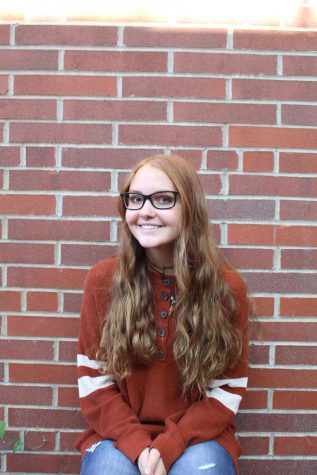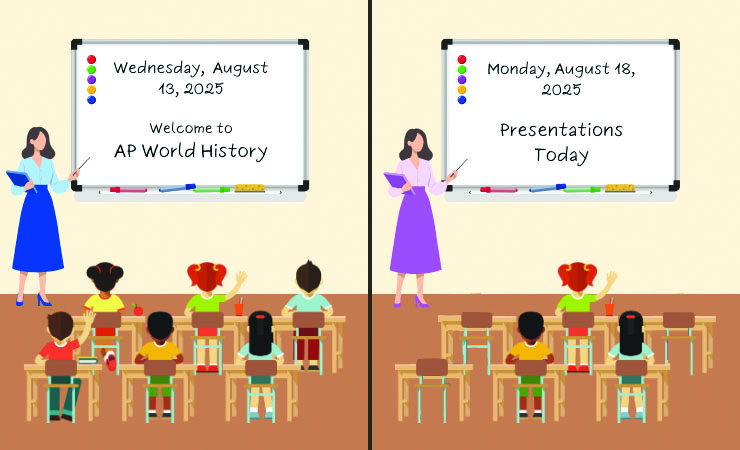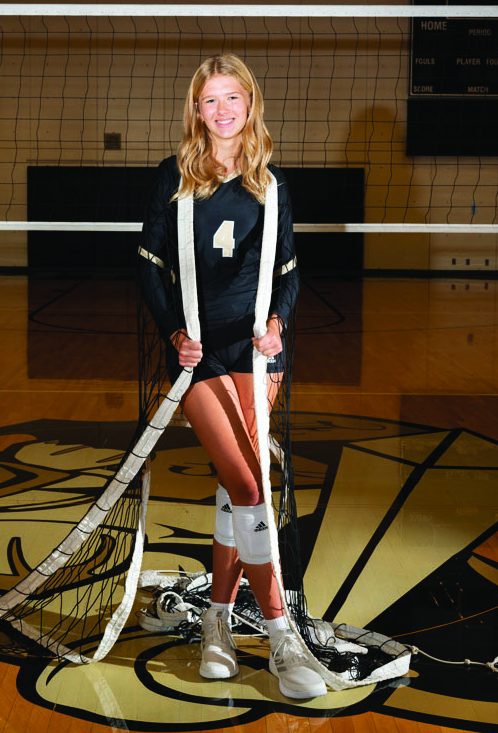Standard Response Protocol: How the “I Love You Guys” foundation changed the way schools respond to emergencies
November 16, 2018
At 11:40 a.m. on Sept. 27, 2006, 53-year-old Duane Roger Morrison entered Platte Canyon High school in Bailey, Colorado. He was carrying a .40 Smith & Wesson glock 22 pistol, a Smith & Wesson .357 caliber revolver and a backpack filled with items he would later use to torment six female students.
Other than the perpetrator’s death himself, 16-year-old Emily Keyes died as well. After she and five other girls were taken hostage, she tried to escape but was shot by Morrison. She was taken to the hospital, where she later died due to a gunshot wound to the head.
The death of their daughter caused Ellen and John Michael Keyes to question the security of schools in Colorado at the time. As she was held hostage, she sent two texts to her family: “I love you guys” and “I love you guys, k?”
These texts led to the name of the foundation that Keyes would create, two years after their daughter’s death. The “I Love You Guys” foundation was created to give schools across Colorado and the U.S. a common language in which students, staff and first responders could use. The Keyes family calls it the Standard Response Protocol (SRP), and it has a home in more than 200 Colorado schools and 2,000 schools nationwide.
SRP has a place in Nebraska, too, including within Lincoln Public Schools. LPS has made additions in order to make a version that fits our schools the best. Last winter, on February 14, there was a shooting in Parkland, Florida. Here at Southeast, many people were emotionally affected by it. Many people wrote kind statements on paper-hearts to send down to Parkland. Over the summer of 2018, LPS made a few changes to their version of the SRP.
These changes include the “Hold”. Principal Brent Toalson said the Hold was added to create a common response to emergency medical situations. That way, if you are at an event at a different LPS school, and a Hold is called, all students will know what to expect.
“It’s just a way to have common language, be really consistent and be able to take care of those [medical emergencies] without causing a lot of extra confusion,” Toalson said.
LPS created SRP training videos for students, staff and community groups. They also created messages to send home to families about the SRP drills. The district did this in order to give everyone involved with LPS a better understanding of what their version of the SRP is and what it is trying to accomplish.
The voice behind the training videos is Greg Spangler, a fourth-year teacher at Lincoln Southeast. Spanger teaches AP Art History, English 10, and Photojournalism. Toalson chose Spangler to be the voice of these videos because he knows Spangler very well, and he has a history of broadcasting. As a child who grew up on a farm, he also learned how to deal with many medical emergencies.
“I learned from a young age; I took hunter safety, those types of things. And growing up on a farm, you have to deal with a lot of really intense medical emergencies quite often.” Spanger said. “My entire mother’s side of the family is in medicine. My only sister is an emergency room nurse, so I hear stories from her. My cousin works at the Med Center and is constantly [working] in the E.R. So emergency, medicine, it all fascinates me.”
Spanger went on, speaking about his medical experience, proving how fit he is to be an advocate for the cause.“ I worked in medicine for seven years – it is kind of my side job. I was a CNA for quite some time. So that kind of mindset of staying focused to get a certain procedure time to save lives has always kind of been apart of my life,” he said.
Spangler is very passionate about the subject of emergencies and takes a huge part in making sure himself and others are prepared for situations that require immediate action.This passion led to the creation of a unit for his English 10 classes about emergencies. In this unit, students read A Night to Remember, which is about the Titanic. This story was paired with another book called The Unthinkable, where students learned about broke down a concept called the “survival arc”. This concept was created to help a person process through and respond to an emergency.
“And oftentimes, it’s not how we react in emergencies, which can be confusing. And so understanding and, you know, she argues that taking time to understand that Survival arc and understanding how you psychologically react to things that are really difficult to think about and really uncomfortable to think about will actually help you get through that faster and help you survive with higher probability”
It is broken down into three parts:
| Phase one | Phase two | Phase three |
|
|
|
Denial: “This can’t be happening. This isn’t happening to me. It’s all a bad dream. I’m imagining this. In a moment everything will be alright.”
Deliberation: “We know something is terribly wrong, but don’t know what to do about it. How do you decide?”
The Decisive Moment: “You’ve accepted that you are in danger, deliberated the options and now it is time to make a plan to do something. If you’re in a group, about 75 to 80 percent of the crowd will do nothing, according to John Leach in “Survival Psychology.””
The survival arc can be applied to situations that we may come across here in Lincoln. It teaches and shows the exact stages of an emergency, and allows us to recognize and respond to these in a better and more effective way.
“[It’s] giving faculty and staff and students very clear procedures that are simple, understandable. So in that moment, when you do begin that denial phase, and you freeze up, you can instinctively, automatically and without thinking about it, do procedures step by step,” Spangler said. “Doing that in terms of those procedures can also help calm people down. They know here’s step one, I close that classroom door, turn off the lights, everybody in the corner, those types of things.”
He continued, speaking about the psychology behind procedural response to a dangerous situation. “You introduce the idea of flexible thinking, that you have to think about these events beforehand in a different way,” he said. “Unfortunately, there hasn’t really been enough time to talk to staff necessarily about that denial phase more in detail.
“but also to, you know, introduce the idea of flexible thinking, that you have to think about these events. beforehand in a different way. So allowing that idea of self evacuation or staff initiated evacuation during that, knowing that there are other options available
In places across the world, such as Milan, Italy, where foreign exchange student Sophie Sacerdote is from, drills like what we use in Lincoln and the U.S. don’t even exist. The use of simple fire-drills, do, but the country doesn’t experience active-shooter situations like we do in the U.S.
“We don’t have shootings because we’re not allowed to own guns, unless you’re in the military or you’re really into hunting,” Sacerdote said, shedding light on the difference between firearms in the U.S. versus Italy.
Before she came to the United States, Sacerdote heard about the shooting in Parkland last spring. “I was a bit scared [to come],” she said.
The difference between firearm laws here and firearm laws in other places around the world is astonishing. But regular practices of what to do in situations that could easily arise, help a student body become more uniform in their reactions.
Every year, new things happen in our nation that shed light on what LPS is doing right, and what they could approve on. The SRP here in Lincoln is far from finished, and it will continue to change and evolve over time.










